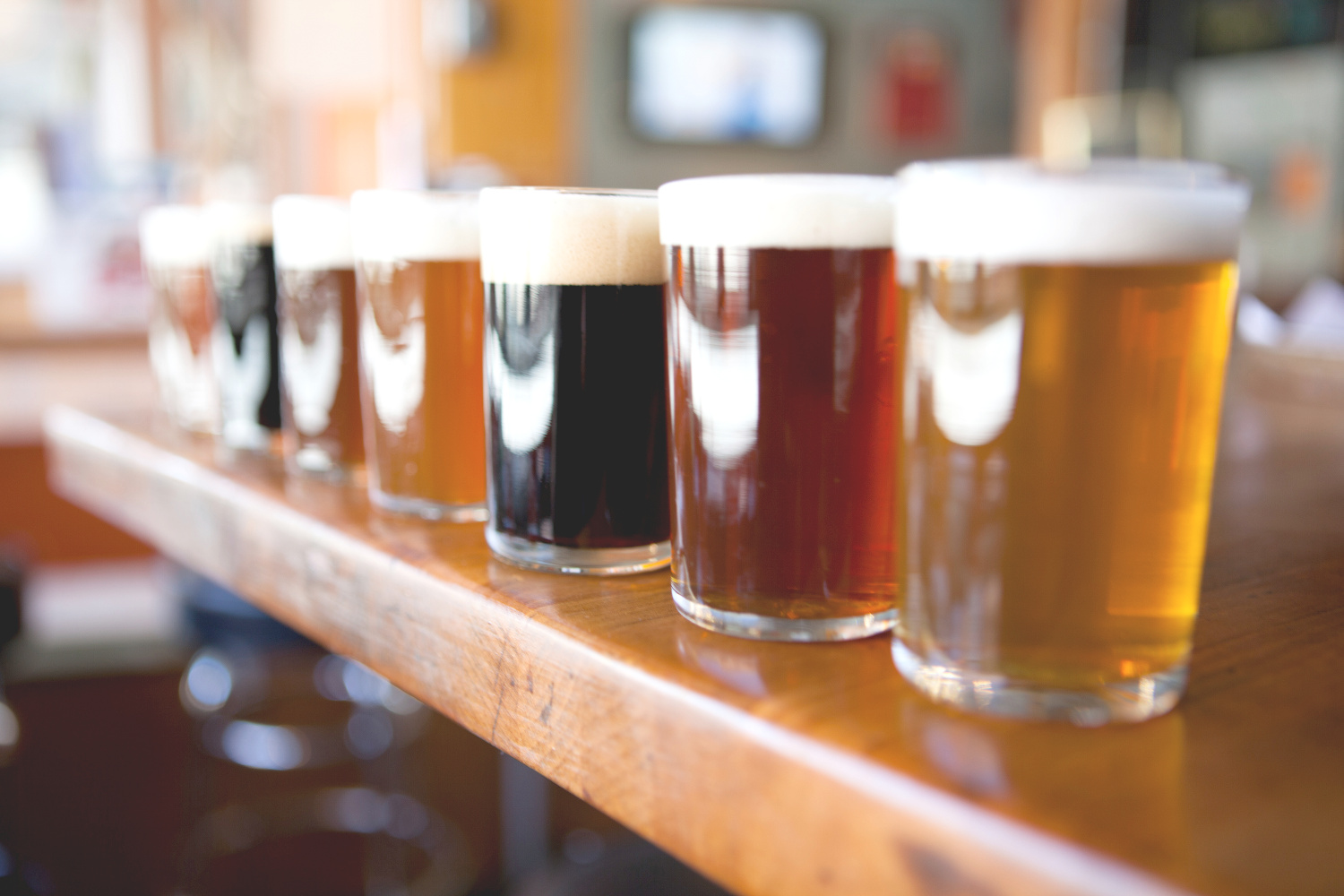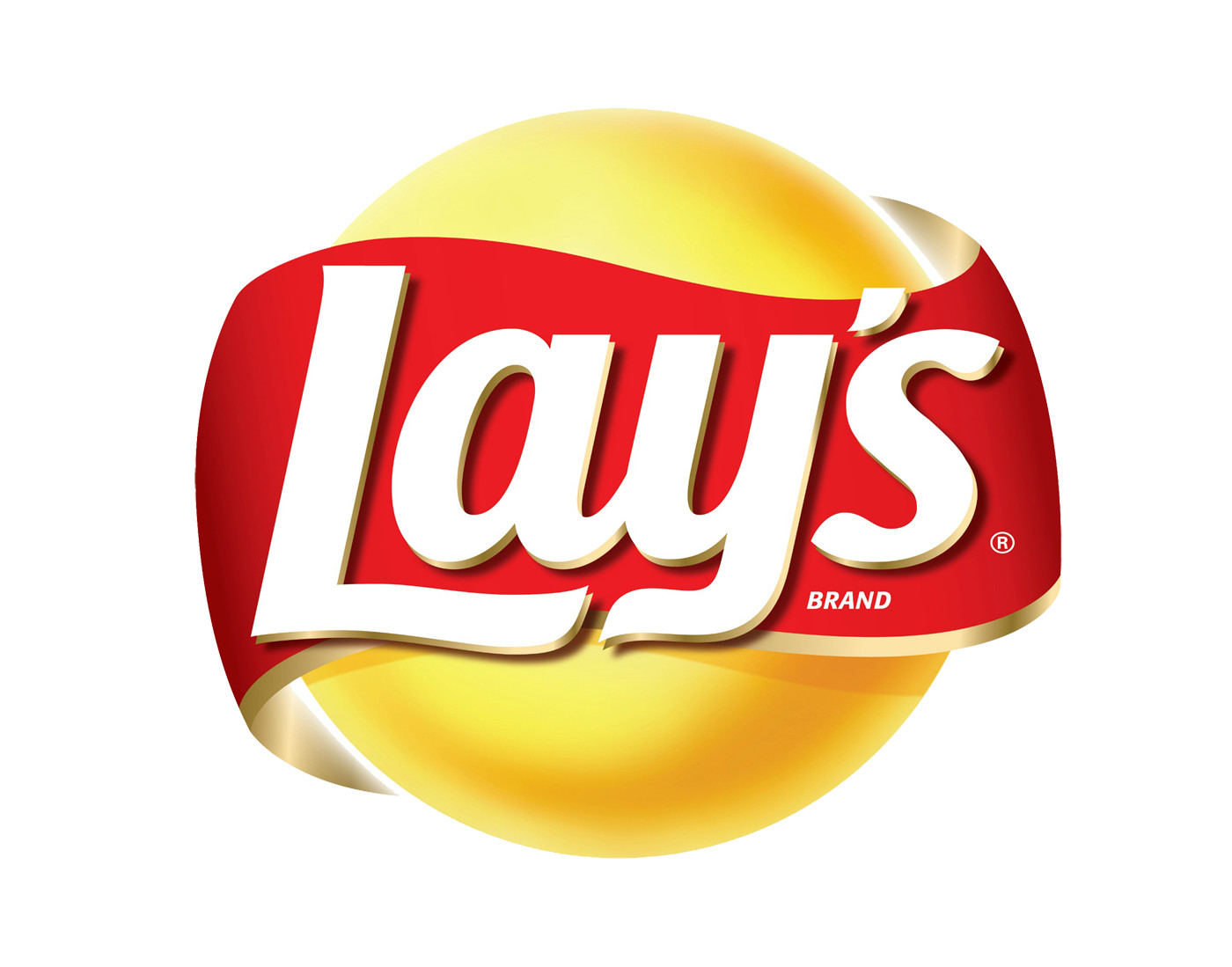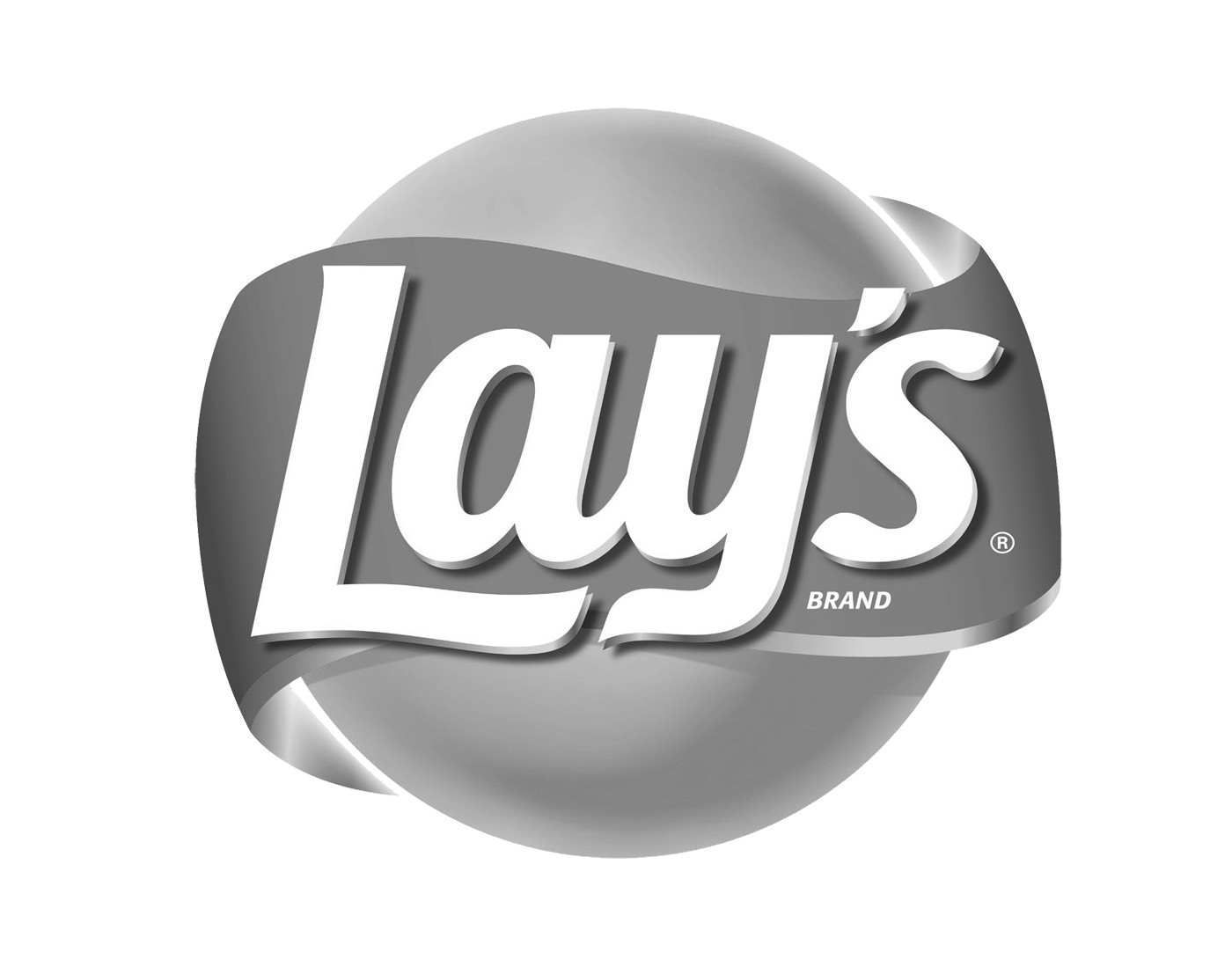Series Trademark Applications
This article was updated on 18 November 2016.
In certain circumstances, it’s possible to apply to register two or more variations of your trademark in a single application. This is known as making a ‘series application’. This article describes why you might want to do this, and what constitutes a valid series.
Series trademark applications: Broader, cheaper protection
The alternatives to registering trademarks in a series, are either to:
- file multiple trademark applications with the different marks; or
- apply to register just one of the trademarks that you use.
The obvious benefit of a series application is that it’s possible to obtain broader protection for the many ways in which you use your trademarks without having to pay the fees that would be involved with multiple trademark applications.
Since 10 October 2016, the official fee charged by IP Australia for a standard trade mark with a custom specification of goods and services is $330 for one trademark class, whereas the corresponding fee for a series trade mark is $480. In other words, the official fees for filing a series trademark application are less than the fees for filing two standard applications.
If you do want to register more than one variation of your trademark, it obviously makes sense to do that if you can, especially when you factor in that there’s technically no limit on the number of variations you can file as part of that series application.
Series trademark applications explained
In order to make a series trademark application, the trademarks must resemble each other in ‘material particulars’. This is quite a strict requirement. The variation must be such that the overall identity of the marks, or the ‘idea’ of the marks must be the same.
Further, not only must the marks resemble each other in ‘material particulars’, the differences between the marks can only be due to a limited number of factors as outlined below:
1. Kind of goods/services
The series marks can have different words to describe the types of goods or services for which the marks will be used. For example, Twentieth Century Fox Film Corporation has registered the following trademarks in a single series (Trademark Reg. No: 955380):
- FOXTEL FOOTY VIEW
- FOXTEL CRICKET VIEW
- FOXTEL TENNIS VIEW
- FOXTEL KIDS VIEW
- FOXTEL NEWS VIEW
- FOXTEL MOVIE VIEW
2. Number, price, quality or names of places
The series marks can differ by including words which describe number, price, quality and location. An example of such a series is shown in Registered Trademark No. 1642647:
3. Colour
The series marks can differ by representing the marks in different colours. The following series marks were registered by Pepsico Inc in relation to potato crisps among other goods (TM No. 1218032):
4. Combinations
The trademarks can differ through any combination of the above factors and still be regarded as being in a series. An example of this is Trade Mark No. 1611190, which has been registered by FBG Holdings (UK) Limited in relation to alcoholic beverages other than beer:
The above marks obviously vary in colour, but they also vary in description (i.e. ‘classic apple cider’ and ‘classic pear cider’). It is not permissible to have variations which do not relate to the factors explained above.
Pitfalls of series applications
We'd caution you against applying to lodging series trademark applications by yourself. Trademark series applications are quite technical, and should be left to experienced IP professionals. Further, the benefits they give don't always justify the extra expense, and qualified trademark advisors can talk you through the pros and cons relating to your specific circumstances.






